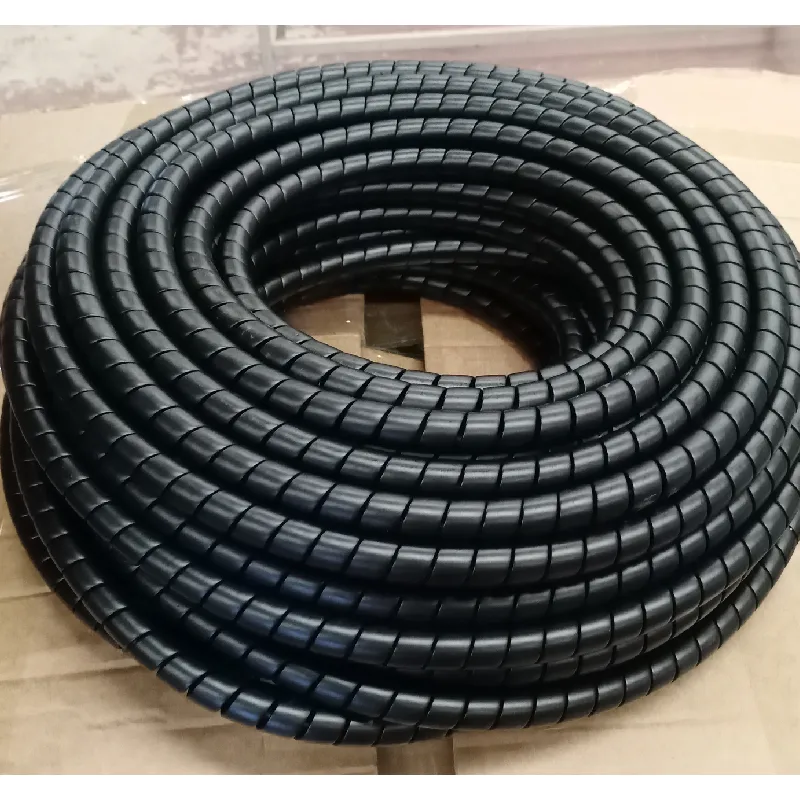aircon pipe
Understanding Air Conditioning Pipes Importance, Types, and Maintenance
Air conditioning systems play a pivotal role in ensuring comfortable indoor environments, particularly during hot summer months. One of the critical components of these systems is the air conditioning pipe. This article aims to delve into the significance, types, and maintenance of air conditioning pipes, with a focus on enhancing your understanding of this often-overlooked aspect of HVAC systems.
The Importance of Air Conditioning Pipes
Air conditioning pipes, commonly referred to as refrigerant lines, are essential for the efficient operation of air conditioning systems. They serve as conduits for the refrigerant, a fluid that absorbs and dissipates heat, enabling the cooling process. There are two primary functions of these pipes to carry refrigerant from the indoor unit to the outdoor unit and vice versa.
Properly functioning pipes are crucial for a high-performance HVAC system. If these pipes develop leaks, become blocked, or are incorrectly sized, the air conditioning unit may not function effectively, leading to higher energy consumption, increased utility bills, and potential system failure. Therefore, understanding the specifications and maintenance of these pipes is vital for homeowners and facility managers alike.
Types of Air Conditioning Pipes
There are several types of pipes used in air conditioning systems, each suited for different applications. The most common types include
1. Copper Pipes Copper is favored in air conditioning applications due to its excellent thermal conductivity, durability, and resistance to corrosion. Copper pipes are available in various thicknesses and sizes, allowing for flexibility in installation.
2. Aluminum Pipes While not as commonly used as copper, aluminum pipes are lighter and can be a cost-effective alternative. They also resist corrosion but generally have a shorter lifespan when compared to copper.
3. PVC and PEX Pipes While primarily used for drain lines or in low-temperature applications, PVC (polyvinyl chloride) and PEX (cross-linked polyethylene) are lightweight and easy to install. They are not generally used for refrigerant lines but can be part of the broader HVAC system for drainage.
4. Insulated Flexible Ducts These are used in ducted air conditioning systems to distribute conditioned air indirectly. They are primarily for airflow rather than refrigerant transport, but insulation helps maintain temperature.
aircon pipe

Choosing the right type of pipe is essential for system efficiency and longevity. Standards and regulations may dictate specific materials in certain areas, further complicating choices for installers.
Maintenance of Air Conditioning Pipes
Ensuring that air conditioning pipes are well-maintained is critical to prolonging the life of the HVAC system and improving its efficiency. Here are some crucial maintenance practices
1. Regular Inspection Checks should be conducted routinely to identify any signs of wear and tear, leaks, or corrosion. Early detection of problems can save significant repair costs later.
2. Insulation Proper insulation of refrigerant lines is essential. It helps prevent heat gain or loss, ensuring the refrigerant maintains its temperature as it travels between the indoor and outdoor units. Insulation also prevents condensation, which can lead to mold growth.
3. Cleaning Dust and debris can accumulate on pipes and reduce their efficiency. Regular cleaning, particularly of the outdoor coils, helps maintain optimal airflow and heat exchange.
4. Professional Servicing Engaging HVAC professionals for annual maintenance can ensure that your system operates efficiently. They can perform necessary tests, including pressure checks and refrigerant level inspections, to ensure everything runs smoothly.
5. Monitoring System Performance Homeowners should become familiar with how their air conditioning system operates. Significant changes in temperature, unusual sounds, or increased energy bills can be warning signs that there is an issue with the pipes or the overall system.
Conclusion
Air conditioning pipes are vital components within HVAC systems, playing a key role in the efficient movement of refrigerant. Understanding the various types available and engaging in regular maintenance can prevent costly repairs and ensure comfortable living spaces. By prioritizing the care and monitoring of air conditioning pipes, homeowners can enjoy the benefits of a well-functioning air conditioning system for years to come.
-
Ultimate Spiral Protection for Hoses & CablesNewsJun.26,2025
-
The Ultimate Quick-Connect Solutions for Every NeedNewsJun.26,2025
-
SAE J1401 Brake Hose: Reliable Choice for Safe BrakingNewsJun.26,2025
-
Reliable J2064 A/C Hoses for Real-World Cooling NeedsNewsJun.26,2025
-
Heavy-Duty Sewer Jetting Hoses Built to LastNewsJun.26,2025
-
Fix Power Steering Tube Leaks Fast – Durable & Affordable SolutionNewsJun.26,2025

